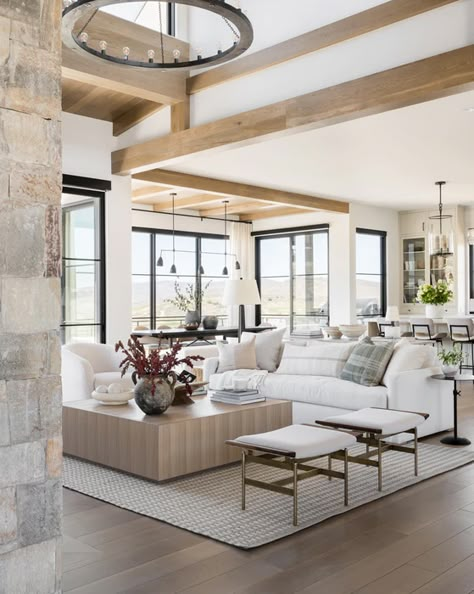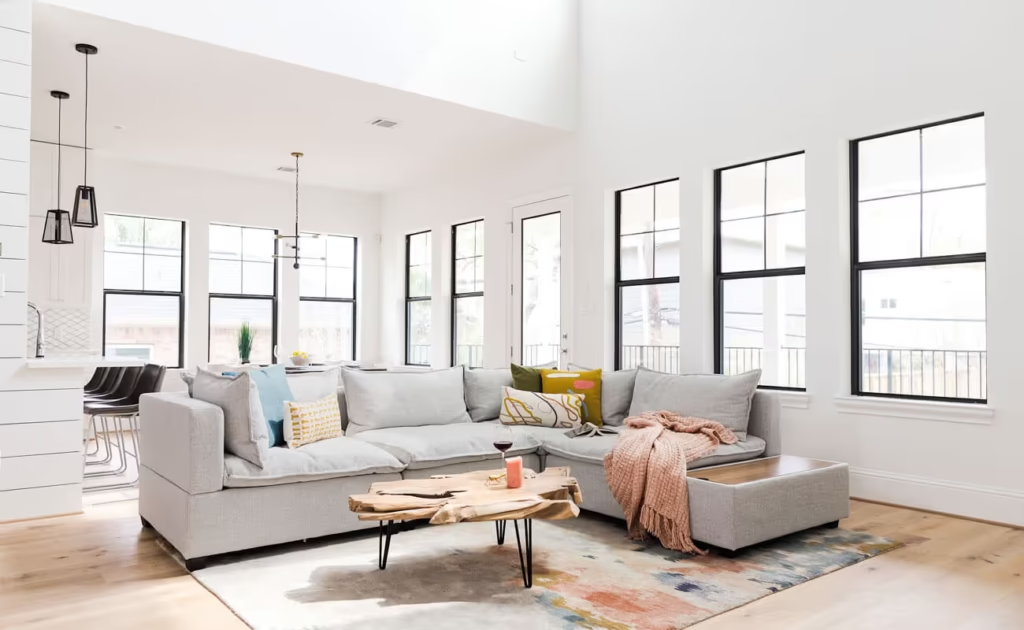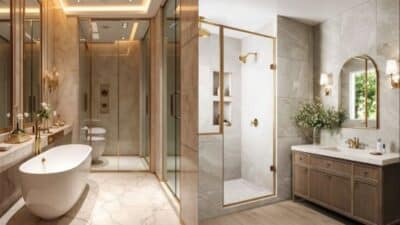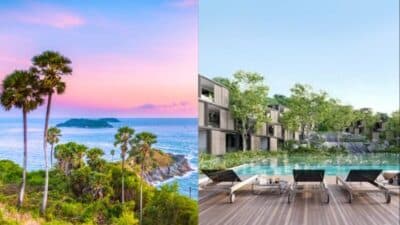Did you know that the interior design services market is expected to reach $186.22 billion by 2030? This growth highlights a rising demand for smart, adaptable, and eco-conscious living spaces.

Imagine a home that changes with your lifestyle. The spaces grow and adapt to your needs. Innovative home designs with modular elements are changing how we view living spaces.
In this article, you’ll learn how modular elements in modern home design offer flexibility, sustainability, and efficiency. Keep reading to learn more.
Flexibility of Spaces
One major advantage of modular elements is their ability to transform. Unlike fixed structures, modular components can be reconfigured. This allows you to create different layouts for different needs.
For example, you can have an open-plan layout for entertaining guests. When you want privacy, the space can quickly change. This makes the home adaptable to various activities.
The flexibility of modular design makes homes more usable. It can easily accommodate family gatherings or quiet evenings. This ensures your space always suits your lifestyle.


Sustainable Design Choices
Modular elements help reduce the environmental footprint of a home. These components are made from renewable materials. They’re designed for durability and easy disassembly.
Investing in reusable or recyclable materials cuts down on waste. It also reduces the need for new resources. This makes modular elements a more sustainable option for homeowners.
By incorporating modular design, homeowners can live more sustainably. The use of eco-friendly materials promotes long-term environmental benefits. This approach supports a greener, more responsible lifestyle.
Customization for Individual Needs
Every homeowner has different needs, and modular elements offer a great solution. You can mix and match various components to create spaces that suit you. This flexibility allows for personalization in both function and style.
For example, modular sofas come in different shapes and colors. This lets you design your living room to match your preferences. The ability to customize makes your home truly unique.
Modular design offers an easy way to personalize your space. It eliminates the hassle of traditional renovations. This ensures your home feels like your own, without major disruptions.

Cost-Effectiveness
Modular design can save you money in the long run. The production process is efficient, and installation is quick. This often makes modular elements more affordable than traditional building methods.
These homes can also be more energy-efficient. Better insulation and smart design help reduce energy use. Over time, this leads to lower utility bills.
By choosing modular elements, you make a cost-effective investment. You save money upfront and on energy costs in the future. This makes it a smart choice for homeowners.
Future-Proofing Your Home
As lifestyles and technology change, homes need to keep up. Modular elements make it easier to upgrade and renovate. They allow homeowners to adapt to new trends and evolving needs.
You can easily add new technology or refresh your space. Modular designs make these updates simple to implement. This eliminates the need for large-scale renovations.
Embracing Modular Living
Modular elements in modern home design offer many benefits. They provide flexibility, sustainability, and efficiency. These features allow homeowners to create spaces that fit their needs.
By choosing modular design, homeowners invest in a future-proof home. It ensures that living spaces align with changing lifestyles. Explore your options today for a more adaptable and sustainable home.
Searching for more informative articles like this? Then please keep browsing our blog now!
- 6shares
- Facebook0
- Pinterest6
- Twitter0


